Fieldwork
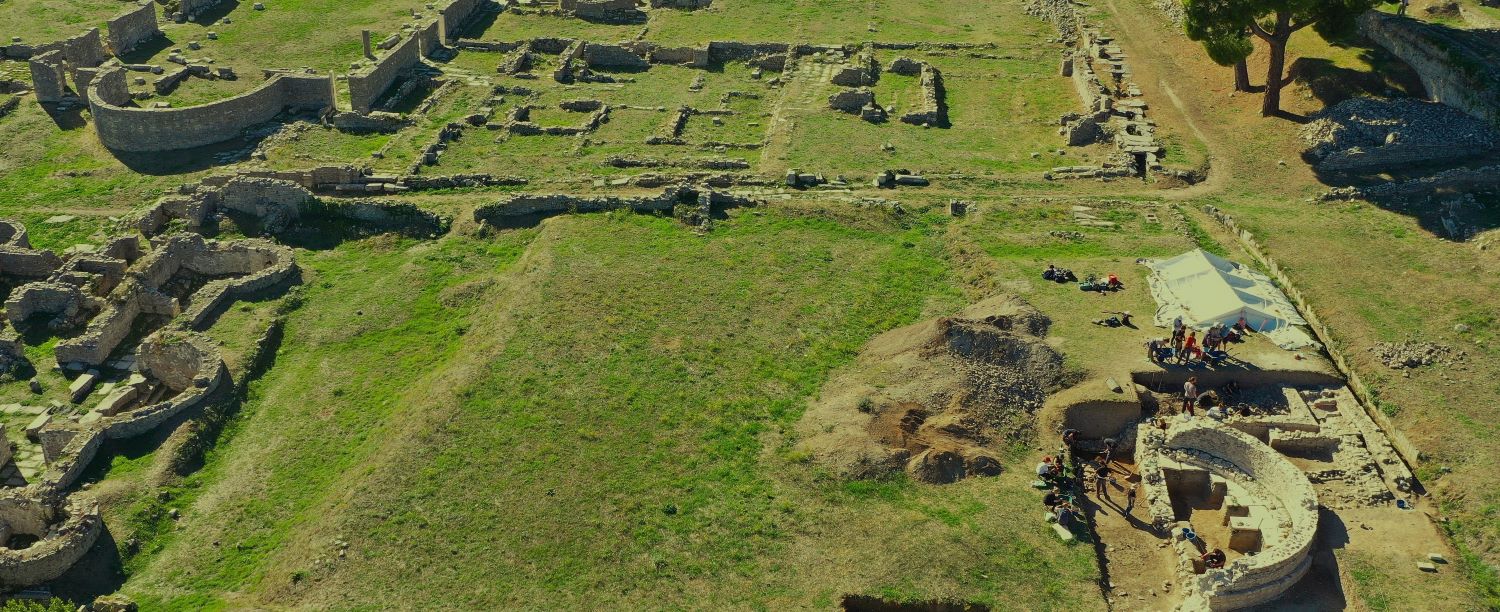
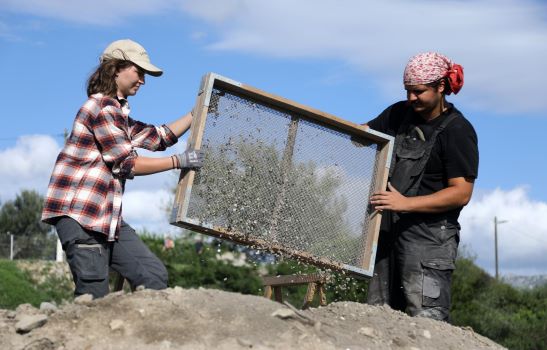
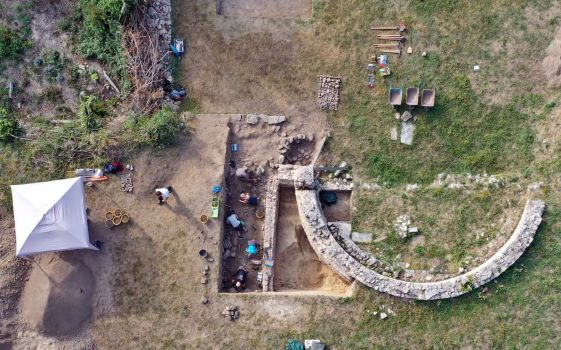
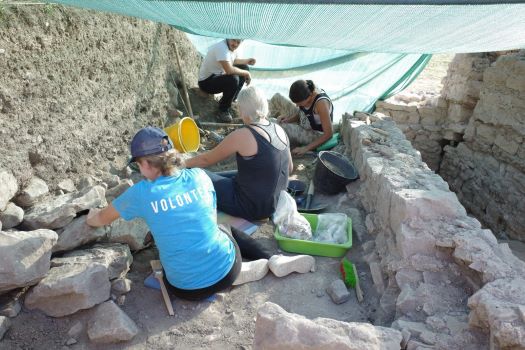
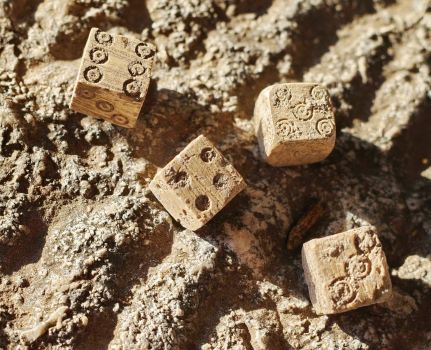
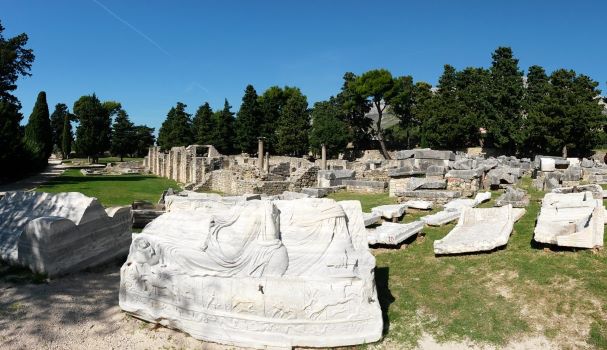
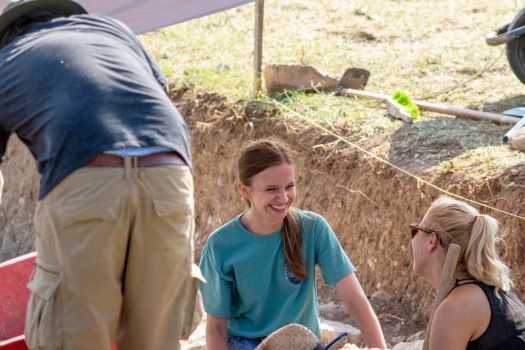
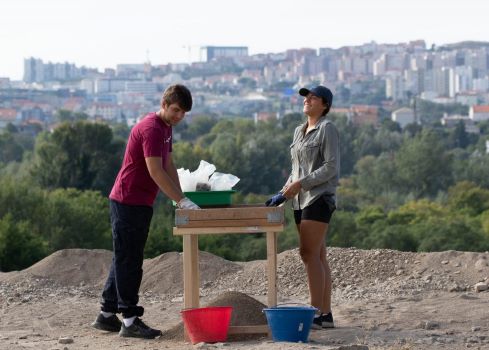
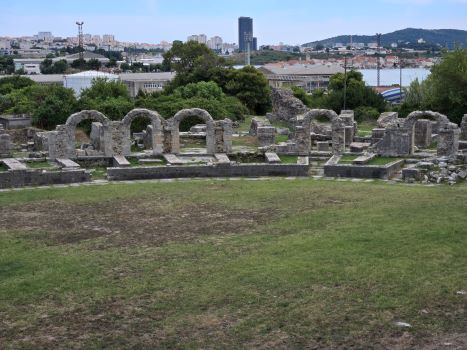
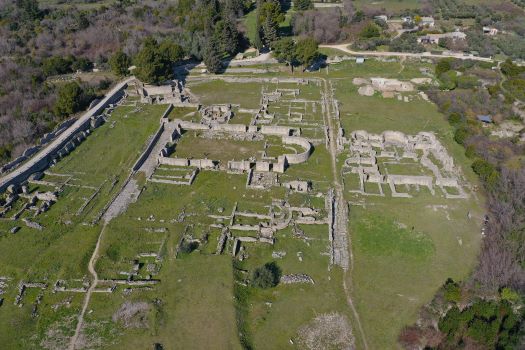
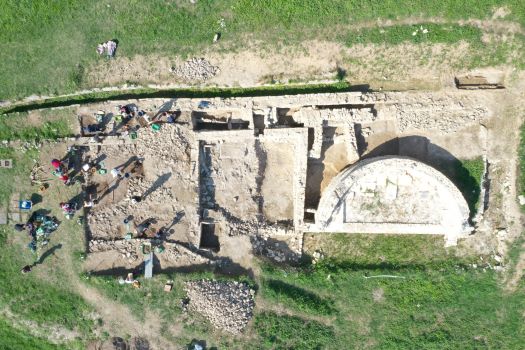
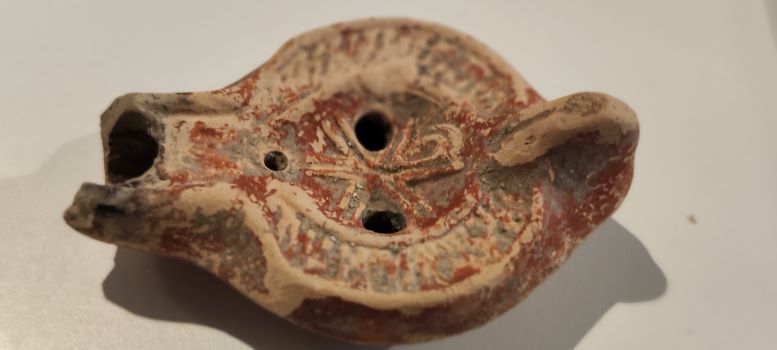
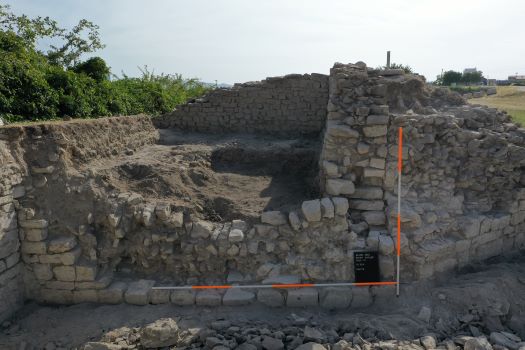
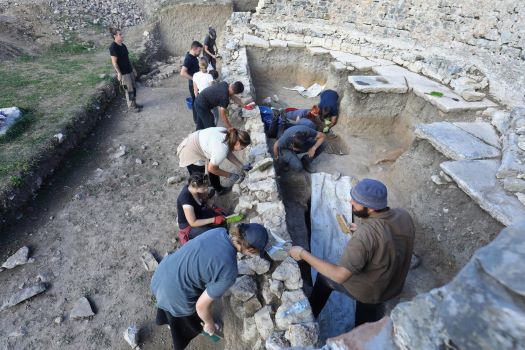

Location: GFRJ+6Q Solin, Croatia
Season: September 14, 2025 to October 11, 2025
Application Deadline: June 27, 2025
Deadline Type: Rolling
Website: https://www.fieldsciences.org/program/2025-croatia-salona/
Program Type:
Field School
RPA Certified:
No
Affiliation:
Center for Field Sciences (US) and University of Zagreb (Croatia)
Project Director:
Dr. Dino Demicheli, Associate Professor at the Department of Archaeology, University of Zagreb
Project Description:
Salona was the capital of the province of Dalmatia and the most important Roman site on the Eastern Adriatic. As a Roman colony, it was established in the 1st century BCE, and it lasted until 7th century CE when raids from Avar and Slavic peoples conquered Salona and forced its inhabitants to flee. It is probably the only provincial capital that didn’t develop into a medieval and, consequently, a modern city. Instead, the royal medieval city of Solin was founded at the eastern outskirts of Roman Salona, whose remains served as a quarry for not just Solin and surrounding places, but also for Split and even as far as Venice.
Salona has been excavated for more than 200 years. Yet most of the Roman city area – about 80% — is still unexcavated and unknown. There is much we need to know about Salona, including its building sequence, its integration of local population with Italian Romans, and its economic and political organization and institutions.
Our program is focused on digging at two distinct locations. The first area (Site 1) is a late antiquity building complex, dated to the 4-6 Centuries CE, with enigmatic design and unknown function. The second area (Site 2) is focused on the towers dotting the city’s walls, dated to the 2-4 centuries CE. To elevate the floor within the towers, the builders brought soil rich with ceramics from elsewhere at Salona (likely the nearby cemetery), creating a highly packed time capsule.
Both locations are rich in archaeological material, primarily pottery. They also contain other materials typical to a Roman city, including stone inscriptions and human remains. The first excavation location offers more complex stratigraphy, attesting to at least four centuries of using the same space (pre Roman and Roman periods), with the remains of several buildings from different occupation levels. The second excavation location offers a unique experience of understanding the building technique of a defensive tower. Namely, the layer below the floor surface consists of intentionally placed archaeological material. Because of that, we need to sift all the dirt we excavate, which brings to light not only pottery, bones and shells, but also many items that can be interpreted as personal belongings and grave goods.
Period(s) of Occupation: Roman Period
Notes:
Tuition cost is $4,700; Program awards 8 semester credit units (equivalent to 12 quarter credits units) through our school of record – Culver-Stockton College.
Project Size: 1-24 participants
Minimum Length of Stay for Volunteers: Full session
Minimum Age: 18 years old
Experience Required: None. This is hands-on, experiential learning and students will study on-site how to conduct archaeological research. Fieldwork involves physical work and exposure to the elements and thus requires a measure of understanding that this will not be the typical university learning environment. You will have to work outdoors and will get sweaty and tired. Students are required to come equipped with sufficient excitement and adequate understanding that field work requires real, hard work, in the sun and wind. The work requires patience, discipline, and attention to detail.
Room and Board Arrangements:
This program provides lunch and snacks during workdays (Mon-Fri). Students are responsible for their breakfast and dinner during workdays and all meals during weekend days). Some diets (vegan, vegetarian, etc.) may be accommodated in this project but must be communicated with and approved by the project director.
All students will reside in apartments in Solin (pop. 25.000), 3-5 students per apartment, depending on size and number of rooms. The apartments are within walking distance to the site. All rooms are air-conditioned and have Wi-Fi. Linens and towels are provided.
Academic Credit:
Program awards 8 semester credit units (equivalent to 12 quarter credits units) through our school of record – Culver-Stockton College.
Dorian Chee
5335 W Adams Blvd #106
Los Angeles
California
90016
U.S.
Phone: (562) 584-0761
The AIA is North America's largest and oldest nonprofit organization dedicated to archaeology. The Institute advances awareness, education, fieldwork, preservation, publication, and research of archaeological sites and cultural heritage throughout the world. Your contribution makes a difference.
Notifications